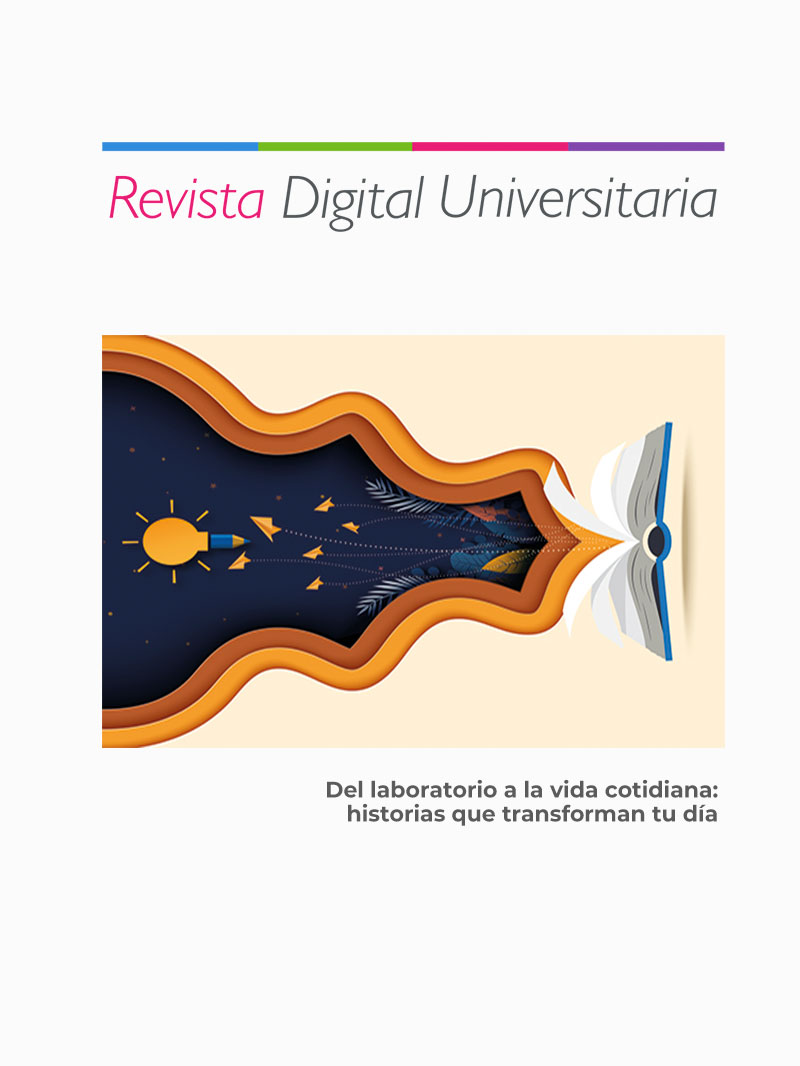Friendly whales: Why do we need best practices for their observation?
DOI:
https://doi.org/10.22201/ceide.16076079e.2025.26.3.6Keywords:
Gray whale, friendly whales, whale watching, best practicesAbstract
Whale watching tourism is rapidly growing worldwide. In Mexico, gray whales (Eschrichtius robustus) often display friendly or curious behavior toward boats in their breeding areas in Baja California Sur. After 30 years of research on this species, we have observed that this behavior may be due to several factors, such as the absence of hunting and human harassment, responsible management, and other factors in the observation areas. However, the increasing pressure from tourists has altered this dynamic, creating strain on tour operators and raising concerns about disturbances to whales. In this article, we emphasize the importance of empathy toward the whales’ natural needs and the necessity of responsible tourism practices, focusing on the overall experience and reducing the expectation of direct contact.
References
Berta, A., Sumich, J. L., y Kovacs, K. M. (2015). Marine Mammals. Evolutionary Biology (3a ed.).Academic Press, Inc. https://doi.org/10.1016/C2011-0-07338-6
Bejder, L., Samuels, A., Whitehead, H., y Gales, N. (2006). Interpreting short-term behavioural responses to disturbance within a longitudinal perspective. Animal Behaviour, 72(5), 1149-1158. https://doi.org/10.1016/j.anbehav.2006.04.003
Dudzinski, K. M., Thomas, J. A., y Gregg, J. D. (2009). Communication in marine mammals. En W. F. Perrin, B. Würsig y J. G. M. Thewissen (Eds.), Encyclopedia of Marine Mammals (2a ed, pp. 260-269). Academic Press. https://doi.org/10.1016/B978-0-12-373553-9.X0001-6
García-Castañeda, O., Viloria-Gómora, L., Ávila-Foucat, V. S., Vega-Peña, E. V., Pardo, M. A., Quintero-Venegas, G. J., Urbán R, J., Swartz, S., y Martínez-Meyer, E. (2024). Climate change stands as the new challenge for whale watching and North Pacific gray whales (Eschrichtius robustus) in Bahia Magdalena, Mexico, after their recovery from overexploitation. Frontiers in Conservation Science, 5. https://doi.org/10.3389/fcosc.2024.1397204
Gómez-Gallardo Unzueta, Alejandro, Swartz, S. L., y Martínez Aguilar, S. (2023). Observación de ballena gris en Laguna San Ignacio: una historia que vale la pena multiplicar. Panorama, 2(7). https://tinyurl.com/yc7smvez
Jones, M. L. y Swartz, S. L. (2009). The gray whales (Eschrichtius robustus). En W. F. Perrin, B. Würsig y J. G. M. Thewissen (Eds.), Encyclopedia of Marine Mammals (2a ed, pp. 503-511). Academic Press. https://doi.org/10.1016/B978-0-12-373553-9.X0001-6
Lusseau, D. (2014). Ecological constraints and the propensity for population consequences of whale-watching disturbances. En J. Higham, L. Bejder y R. Williams (Eds.), Whale-watching: Sustainable Tourism and Ecological Management (pp. 229-241). Cambridge University Press. https://doi.org/10.1017/CBO9781139018166
Marcías, M. L., Salvadeo, C., Salgado-Beltrán, L., y García-Castañeda, O. (2025). Charisma is not enough: measuring short- and long-term environmental consciousness in wildlife tourism activities. Frontiers In Conservation Science, 6. https://doi.org/10.3389/fcosc.2025.1539683
Martinez, S. A., Swartz, S. L., Urbán, J. R., Gómez-Gallardo, A., y Rosales-Nanduca, H. (2019). The Age of Living Female Gray Whales (Eschrichtius robustus), Estimated from Photographic Identification Data [Reporte publicado en línea en Laguna San Ignacio Ecosystem Science Program]. https://www.graywhaleresearchmexico.org/
Moore, S. E. y J. T. Clarke. (2002). Potential impact of offshore human activities on gray whales (Eschrichtius robustus). The Journal of Cetacean Research and Management, 4(1), 19-25. https://doi.org/10.47536/jcrm.v4i1.863
Norma Oficial Mexicana nom-0131-semarnat-2010. (2011, 17 de octubre). Diario Oficial de la Federación. https://tinyurl.com/2wf8yuy7
Salvadeo, C. J., Gómez-Gallardo, A., Nájera-Caballero, M., Urbán-Ramirez, J., y Lluch-Belda, D. (2015). The Effect of Climate Variability on Gray Whales (Eschrichtius robustus) within Their Wintering Areas. PloS One, 10(8): e0134655. https://doi.org/10.1371/journal.pone.0134655
Stan, J. (2022). Spotted Preying Orcas in Baja Lagoon Jeopardizing Gray Whale Survival. The Science Times. https://tinyurl.com/yx433ham
Published
Issue
Section
License
Copyright (c) 2025 Revista Digital Universitaria

This work is licensed under a Creative Commons Attribution-NonCommercial-ShareAlike 4.0 International License.

Revista Digital Universitaria es editada por la Universidad Nacional Autónoma de México se distribuye bajo una Licencia Creative Commons Atribución-NoComercial 4.0 Internacional. Basada en una obra en http://revista.unam.mx/.










